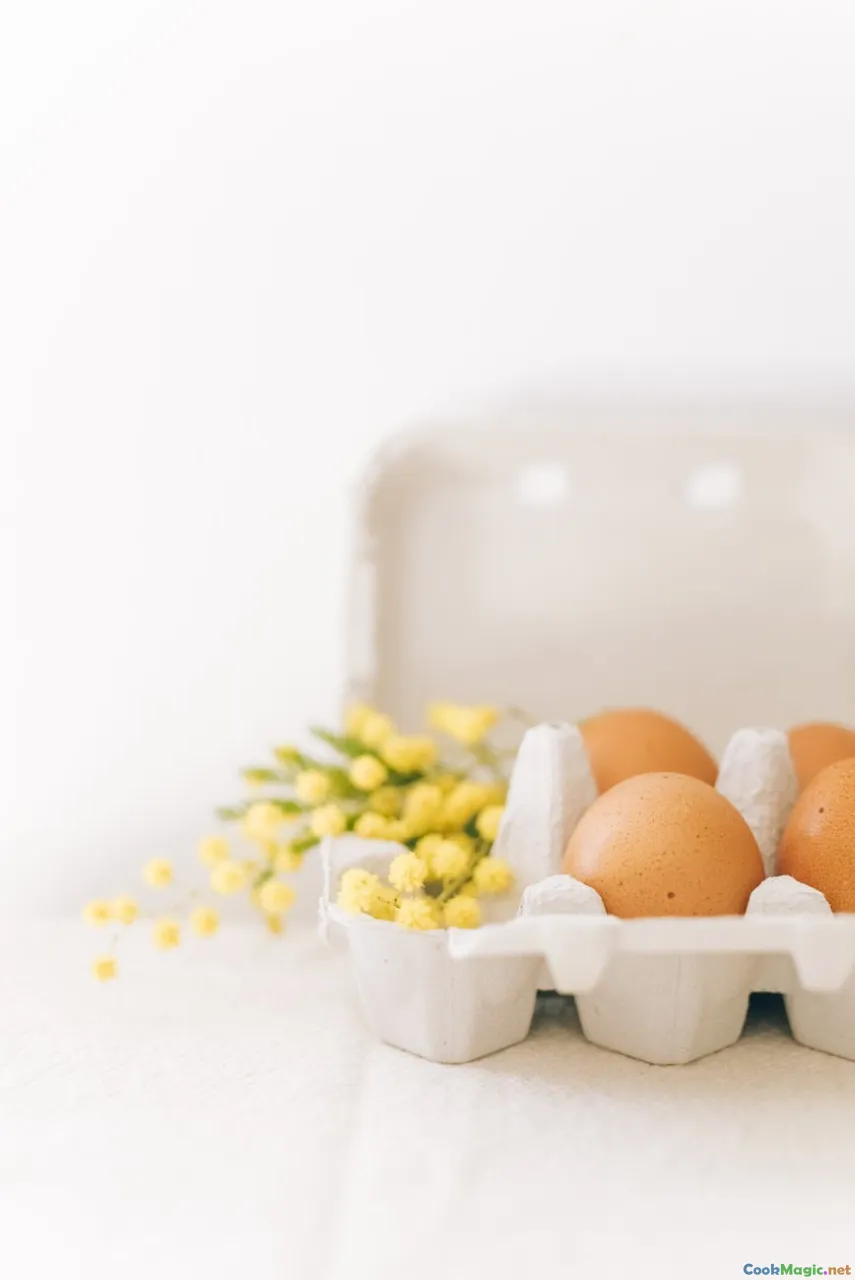Edible Flora in Pacific Islander Gastronomy
8 min read Discover the vibrant world of edible flora in Pacific Islander gastronomy, highlighting their cultural significance, flavors, and culinary uses in New Caledonia. April 29, 2025 03:55
Edible Flora in Pacific Islander Gastronomy
Imagine walking through a lush tropical landscape, where every leaf, flower, and fruit whispers stories of centuries-old traditions, survival, and identity. The Pacific Islands, with their kaleidoscope of vibrant flora, have long embraced the bounty of their natural environment, weaving edible plants into the very fabric of their culinary heritage. In New Caledonia, a jewel of the Pacific, this symbiosis between land and cuisine manifests in a rich tapestry of flavors, textures, and cultural expressions rooted in edible flora.
The Cultural Significance of Edible Flora in Pacific Islands
For Pacific Islanders, edible flora are more than mere ingredients; they are living links to ancestral wisdom, spiritual beliefs, and communal identity. Plants such as taro, yams, and breadfruit form the staples of traditional diets, while native herbs and flowers add depth and nuance to everyday meals.
Historically, these plants served multiple roles—nutritional sustenance, medicinal remedies, and ceremonial symbols. The act of harvesting, preparing, and sharing these plants reinforces social bonds and preserves ancestral knowledge.
In New Caledonia, the Kanak communities have a profound connection to their land’s flora. The use of native plants like pandanus, tacca, and native ferns in cooking and rituals exemplifies this bond, elevating simple ingredients into symbols of cultural resilience.
Exploring Edible Flora in New Caledonian Cuisine
1. The Green Tapestry of Leaves and Foliage
Pandanus (Pandan) and Its Aromatic Leaves
Known locally as tiaré, pandan leaves are a fragrant staple in New Caledonian kitchens. Their sweet, floral aroma infuses both savory and sweet dishes. Traditionally, pandan leaves are used to wrap fish or taro before steaming, imparting a subtle, honey-like aroma. They also flavor rice puddings and drinks, adding a tropical depth.
Ferns and Tacca Roots
Native ferns and the tacca plant, with their striking leaves and tubers, are cherished for their unique textures. The tubers of tacca are often boiled or roasted, offering a starchy, nutty flavor that complements seafood or pork.
2. Blossoms and Flowers as Edible Delights
Hibiscus (Koko) and Its Culinary Uses
The vibrant red petals of hibiscus, locally known as koko, are more than ornamental—they are a vital ingredient in beverages and desserts. Hibiscus tea, with its tart, cranberry-like flavor, is a household staple, believed to have medicinal properties.
Frangipani and Other Fragrant Flowers
While many flowers are appreciated for their scent, some, like frangipani, are also edible in small quantities. Their subtle, sweet flavor can be infused into syrups or used as garnishes in traditional dishes.
3. Fruits and Berries from Native Trees and Shrubs
Breadfruit and Its Versatile Use
The iconic breadfruit (Artocarpus altilis) is a dietary cornerstone. When ripe, its sweet, spongy flesh is eaten fresh or used in desserts; when unripe, it’s cooked as a starchy vegetable.
Soursop and Other Exotic Fruits
Soursop (Annona muricata) offers a tangy, creamy flavor that’s perfect for smoothies and desserts, while native berries contribute vibrant color and tartness to traditional sauces and jams.
Techniques and Traditions in Using Edible Flora
Harvesting with Respect and Sustainability
Respect for nature guides the harvesting of edible flora. Many communities follow sustainable practices, taking only what is needed and ensuring the plants can regenerate. This approach maintains ecological balance and preserves culinary resources for future generations.
Preparation Methods
In New Caledonia, steaming, boiling, and fermenting are common methods to unlock the flavors of edible plants. For example, taro and yams are often baked in underground ovens (umé), while herbs are blended into traditional sauces (sauce). Fermentation, used for some native greens, enhances digestibility and flavor.
Combining Flora for Flavor and Nutrition
Culinary creativity flourishes through the combination of various edible plants. A typical dish may feature roasted fish wrapped in pandan leaves, garnished with edible flowers, and served alongside a taro mash infused with native herbs.
Personal Reflections and Cultural Revival
Experiencing New Caledonia’s edible flora is like walking through a living garden of memories and traditions. I recall a communal feast where elders shared stories while preparing a bougna—a traditional Melanesian dish—wrapped in banana leaves, infused with native herbs, and cooked in an underground oven. The aroma of roasted taro, fragrant herbs, and flowering plants created an intoxicating symphony of senses.
This culinary heritage is more than sustenance; it’s a celebration of identity and resilience. Today, younger generations are rediscovering and revitalizing these plant-based traditions, blending ancient practices with contemporary culinary artistry.
The Future of Edible Flora in Pacific Islander Gastronomy
As globalization influences local diets, there is a renewed appreciation for native plants that connect communities to their roots. Sustainable foraging, organic farming, and culinary innovation are ensuring that edible flora remain central to Pacific Islander cuisine.
Chefs in New Caledonia and across the Pacific are now incorporating native herbs and flowers into modern dishes, elevating these humble ingredients to gourmet status. This movement not only preserves cultural heritage but also promotes biodiversity and ecological health.
Conclusion
Edible flora in Pacific Islander gastronomy exemplifies a deep harmony between people and nature. From fragrant pandan leaves to vibrant hibiscus blossoms, these plants embody history, culture, and spirituality. Exploring and honoring these botanical treasures offers a window into the soul of New Caledonian cuisine—a testament to resilience, creativity, and a profound respect for the land.
Whether you’re a culinary adventurer or a cultural enthusiast, embracing the edible flora of the Pacific invites you into a world where every leaf, flower, and fruit tells a story worth savoring.









